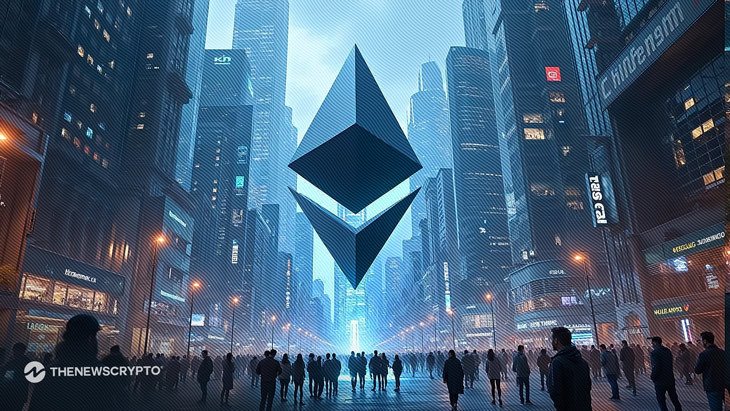The adoption of Ethereum in various sectors such as DeFi, NFTs, and gaming has led to the need for innovative solutions to handle the increasing transaction volumes. One of the main challenges faced by the Ethereum network is scalability issues, including high gas fees and network congestion, making it expensive and inefficient for users. To address these challenges, Layer 2 solutions have emerged as crucial components for scaling Ethereum in 2025 and beyond. These solutions aim to improve scalability, transaction throughput, and cost efficiency while maintaining Ethereum’s security and decentralization.
Optimistic Rollups have emerged as one of the most promising Layer 2 scaling solutions for Ethereum. By processing transactions off-chain and ensuring their finality on-chain, Optimistic Rollups can significantly reduce gas fees and transaction times. Key players in the Optimistic Rollup space include Optimism and Arbitrum, both of which have shown significant progress in improving transaction throughput on Ethereum. With the release of Optimism’s mainnet and growing adoption in DeFi protocols, Optimistic Rollups are expected to play a major role in Ethereum scaling in the upcoming years.
Zero-Knowledge Rollups (zk-Rollups) are another form of Layer 2 scaling solutions that use cryptographic proofs to ensure the validity of transactions. This makes zk-Rollups more efficient in terms of transaction speed and cost, as they don’t require a waiting period for fraud proofs. Key players in the zk-Rollup space include zkSync and StarkWare, both of which provide high throughput and are already being used by major projects like dYdX and Immutable X. Zk-Rollups are expected to reduce Ethereum’s reliance on gas fees and enhance transaction speed, particularly for applications like gaming, DeFi, and NFT marketplaces.
Polygon, formerly known as Matic Network, is another widely adopted Layer 2 solution that aims to provide scalability to Ethereum through its sidechain and PoS model. Developers choose Polygon to reduce transaction costs and improve speed while benefiting from Ethereum’s security. In 2025, Polygon is expected to continue expanding its multi-chain scaling framework, providing interoperability with various Ethereum-compatible networks. Polygon’s modularity and low-cost transaction processing will contribute to its growth in the coming years.
Other Layer 2 solutions such as Loopring and Immutable X, both based on zk-Rollups, focus on specific areas such as decentralized exchanges (DEXs) and NFTs, respectively. Loopring offers faster and cheaper trades, reducing Ethereum’s congestion by processing trades off-chain before final settlement. Immutable X, on the other hand, provides gas-free transactions and fast, scalable minting for NFTs, catering to the growing NFT market in 2024 and beyond. These solutions are expected to enhance Ethereum’s scalability in their respective areas and contribute to the network’s growth in the coming years.
In conclusion, as Ethereum continues to expand and dominate the world of decentralized applications, Layer 2 solutions will play a critical role in scaling the network. By enhancing scalability, reducing transaction fees, and paving the way for new use cases, these technologies will revolutionize efficiency in Ethereum by 2025. They will lower costs, increase transaction speeds, and boost Ethereum’s capacity to support large-scale decentralized applications and financial services. As Ethereum 2.0’s vision unfolds, Layer 2 solutions will remain central to the network’s success, driving global adoption and ensuring Ethereum’s continued growth.

